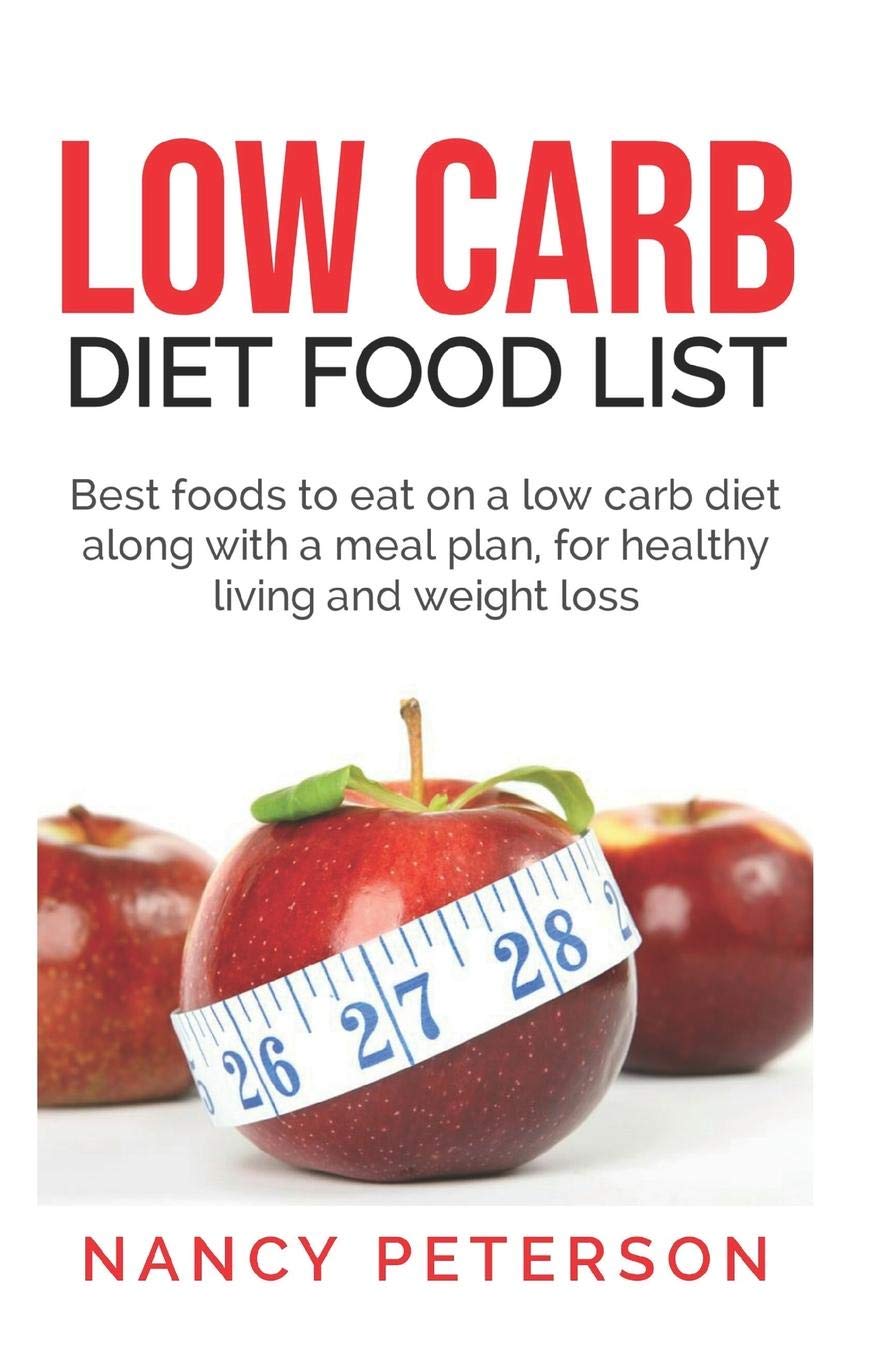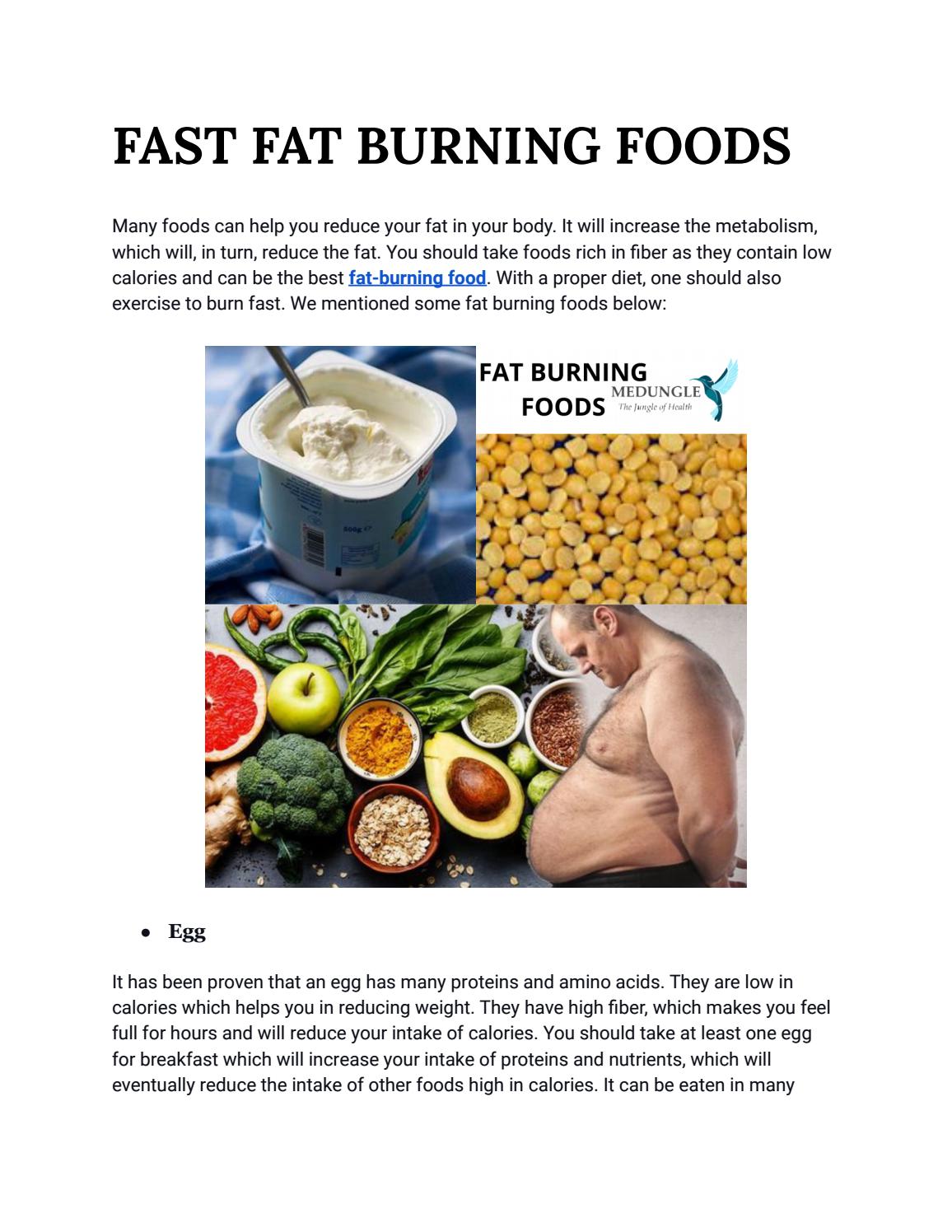
Not only is it beneficial for overweight and obese people, but there are also many benefits to exercise. Regular exercise is crucial for maintaining a healthy weight. To lose weight and maintain a healthy weight, you should aim to exercise for 30 minutes each day. Also, increasing your activity level will improve your overall health. Experts recommend 150 minutes of moderate intensity activity per week. Yoga, which is great for weight reduction, is another option.
Moderate intensity
Studies have shown that moderate-intensity exercises can reduce hunger pangs and increase food intake during pregnancy. The effects of exercise on appetite control were studied by Hopkins and Blundell JE. Moderate-intensity exercise may also be beneficial for mood and self-efficacy. This is important in helping to lose weight. Moderate-intensity exercise might be a good option for someone who doesn't like intense exercise.
Scientists use a simple test for determining the intensity of moderate-intensity activity to determine its effectiveness. Participants are asked to speak and breath heavily for a minimum of 10 minutes in order to determine the intensity. Moderate-intensity exercises are a great option to include physical activity into your daily life. They can be simple activities like walking 2 miles, biking 5 miles, or doing water aerobics for 30 minutes.

Cardiovascular
Cardio exercise is essential for weight management. It increases your heart rate, lung capacity, and cardio training can help you do that. Cardio is an integral part of your exercise routine, no matter if you're an expert or a beginner bodybuilder. Cardio exercises can include running, swimming, biking, and any other exercise that challenges your heart and lungs. The CDC recommends that cardio exercise should be done at least 30 mins each day. You can also do cardio exercises by swimming, cross-training or jumping rope, as well as kickboxing and hiking.
Cardio training can improve your immune system by reducing the risk of illness and bacterial infections. It also improves blood circulation, keeping your body healthy. If you lack proper circulation, your chances of suffering a stroke or heart attack are high. Cardio does burn calories, but it should always be paired with strength-training for complete weight management. A good workout can make you more committed to your exercise routine.
Strength training
Strength training is essential for anyone who wants to lose weight and manage their weight. Strength training can help you burn calories and protect your joints. It also preserves independence as you age. Strength training can improve balance and lower your chance of falling. There are many benefits to strength training. These include the reduction in the signs and symptoms associated with many chronic diseases. What is strength-training?
The best way to burn calories after a workout, is by consuming excess post-exercise oxygen (EPOC). Strength training takes more energy than regular exercise. This means that there are more calories burned during and after the workout. For this reason, it's often referred to as post-exercise exercise. Strength training increases your metabolism by up to two hundred calories after each workout, and can also help you lose weight.

Yoga
One of the many benefits to yoga is its ability to help you lose weight. Yoga can improve your flexibility and strength as well as increase mental focus. Regular yoga practice can help you lose weight and live a healthier lifestyle. It has been shown that regular yoga practice can reduce cortisol levels. This is known to be a major killer of fat-loss. It is also great for cardio, especially if you do Ashtanga or Vinyasa.
Professional guidance is essential when you start a yoga exercise routine. Your primary care physician may have some expertise in integrative medicine and can develop an exercise program tailored to your needs. A physical therapist who is skilled in yoga may also be recommended by your doctor. These individuals are more likely to be able to provide individualized attention and guidance. If your health is at risk, yoga may not be the right choice for you.
FAQ
How to Create an Exercise Routine?
It is important to establish a routine. You need to know what you will do each day and how long you will spend doing it. This will help you plan ahead and prevent procrastination.
Second, make sure that your workouts are varied. It is important not to get bored while exercising. This will cause you to lose interest and make it difficult for you to stick with it.
It is important to track your progress. It is important to keep track of how much weight you have lost and gained over time.
You can lose weight quickly if you do not gain weight. On the other hand, if you gain too much weight, it becomes harder to stay motivated.
So, try to find a balance between gaining weight and losing weight. If you are unhappy about where you are, it will make you less likely to exercise.
What foods help me lose more weight?
Consuming fewer calories is a great way to lose weight quickly. There are two methods to accomplish this.
-
Reduce the number of calories you take in daily.
-
Get more exercise to increase your metabolism.
Reducing the number of calories you eat is easier said than done. Everywhere you turn, there are many calorie-dense fast foods. Here are some foods that can help you lose those extra pounds.
-
Beans are rich in fiber and protein. They are low in calories, so they're a good choice for people who want to lower their caloric intake.
-
Oatmeal is low in calories but high in nutrients like magnesium and potassium. Oatmeal has less sugar than other cereals.
-
Eggs contain high levels of protein and cholesterol. Eaten eggs one or two times a week can help boost metabolism and allow you to burn more calories.
-
Whole grain bread has been shown to reduce hunger pangs so that you may feel fuller longer.
-
Dark chocolate is full of antioxidants. Flavonoids have been linked to lower blood sugar and improved heart health.
-
Cottage cheese is rich in calcium which aids in bone strength. Cottage cheese is also high in calcium, which aids in bone strength.
-
Omega-3 fatty Acids are a key component of salmon. They promote brain development, and improve cardiovascular function.
-
Green tea is full of catechins which are compounds that increase metabolism and fight cancer.
-
Broccoli is a great source of folic acid, which reduces homocysteine levels in the blood. A higher risk of developing heart disease and stroke is associated with high homocysteine levels.
-
Yogurt is a great way to add probiotics into your diet without loading up on added sugars. Probiotics can help improve digestive health.
-
Berries are delicious and nutritious snacks. Blueberries, strawberries, blackberries, raspberries, and cranberries are all excellent sources of vitamins and minerals.
-
Avocados are full of healthy fats. Half an avocado is only 80 calories, but it contains plenty of fiber and potassium.
-
Nuts make a delicious snack and are also a good source of protein. Almonds, cashews, hazelnuts, pecans, walnuts, and pistachios are all great choices.
-
Sweet potatoes are another starchy vegetables that are high in beta carotene. They make your skin glow. The orange sweet potato variety has a higher level of beta-carotene than regular sweet potato varieties.
How can busy people lose fat?
It is best to eat less and exercise more to lose weight.
You will gain weight if your eat too much. You will also gain weight if your exercise is not enough. Combining these two simple habits will help you lose weight.
Statistics
- Among women, the increase in metabolic rate was nearly 4%, or 50 more calories per day (14Trusted Source (healthline.com)
- Another study found that 24 weeks of weight training led to a 9% increase in metabolic rate among men, which equated to burning approximately 140 more calories per day. (healthline.com)
- One 6-month study showed that simply doing 11 minutes of strength-based exercises 3 times per week resulted in a 7.4% increase in metabolic rate, on average. (healthline.com)
- According to Harvard Health, it's estimated that a 155-pound (70-kg) person burns roughly 112 calories per 30 minutes of weight training (5). (healthline.com)
External Links
How To
How to Intermittent Fasting
Intermittent Fasting is a method of dieting where you only eat one meal per week, typically Monday through Friday. This allows you to reduce your calorie intake and still get adequate nutrition. This will allow you to burn fat more quickly than eating regular meals throughout the week.
The most common type of IF is to restrict calories on specific days of the week. This would be a way to skip breakfast and eat whatever you want throughout the day. You could also choose three small meals instead of two large meals per day.
There are many types of intermittent fasting. There are pros and cons to each type of intermittent fasting. Because you don't need to make major lifestyle changes, alternate day fasting can be the easiest way to get started. But, there are some people who find it hard to follow such a strict schedule. These people might prefer to try different methods.
If you want to try intermittent fasting, I suggest starting with alternate-day fasting. This will allow to slowly transition to more extreme fasting regimens without drastically changing your lifestyle.